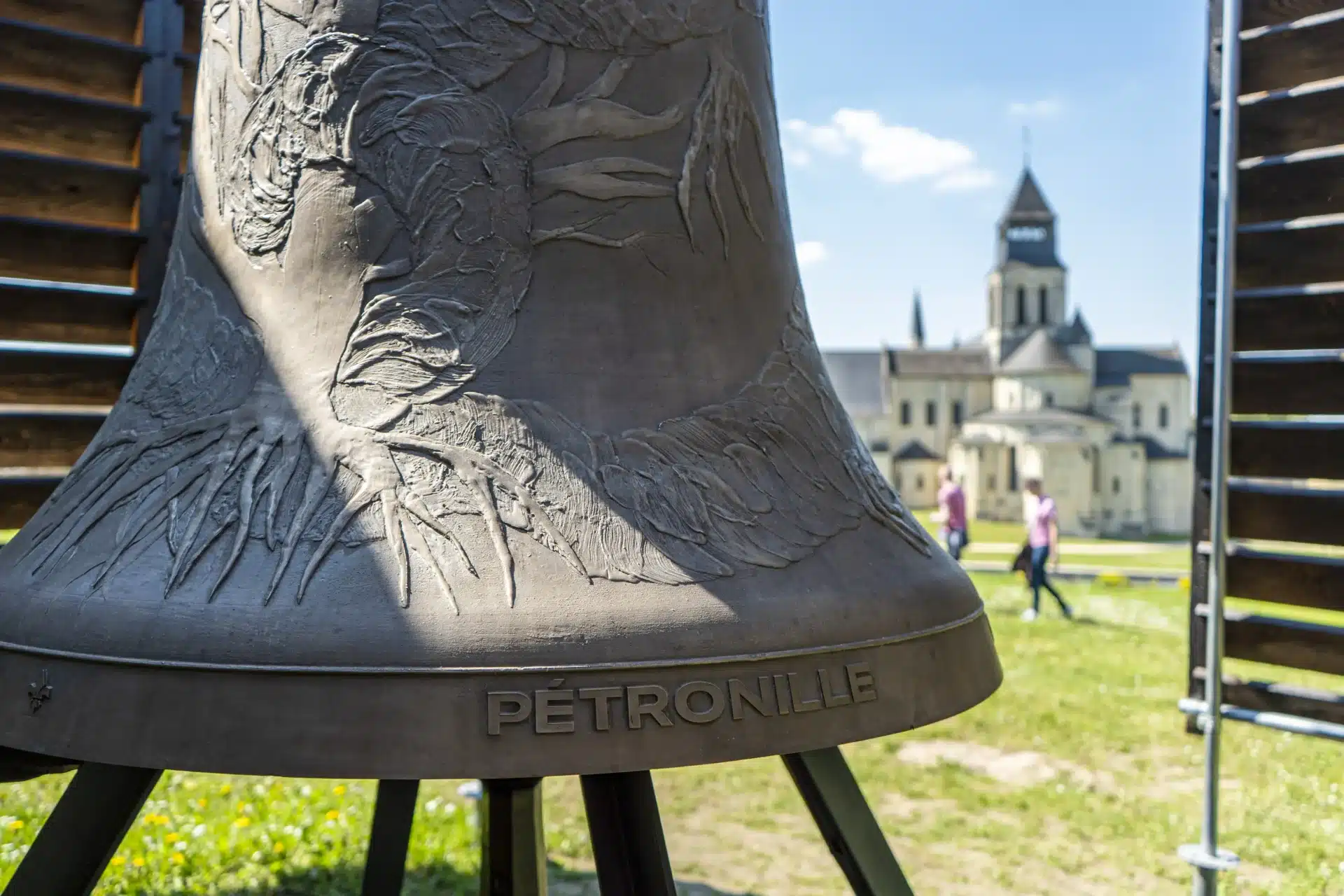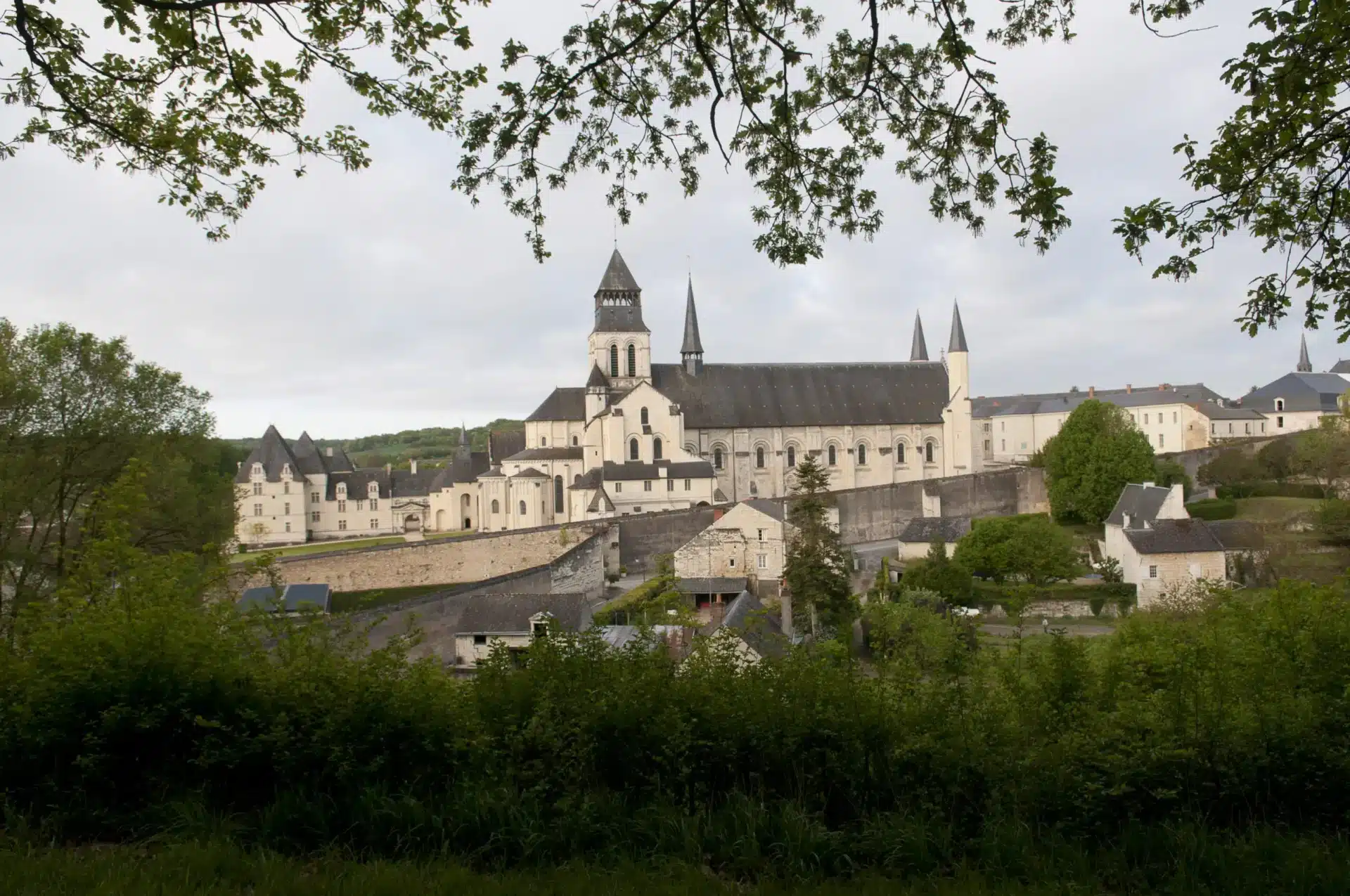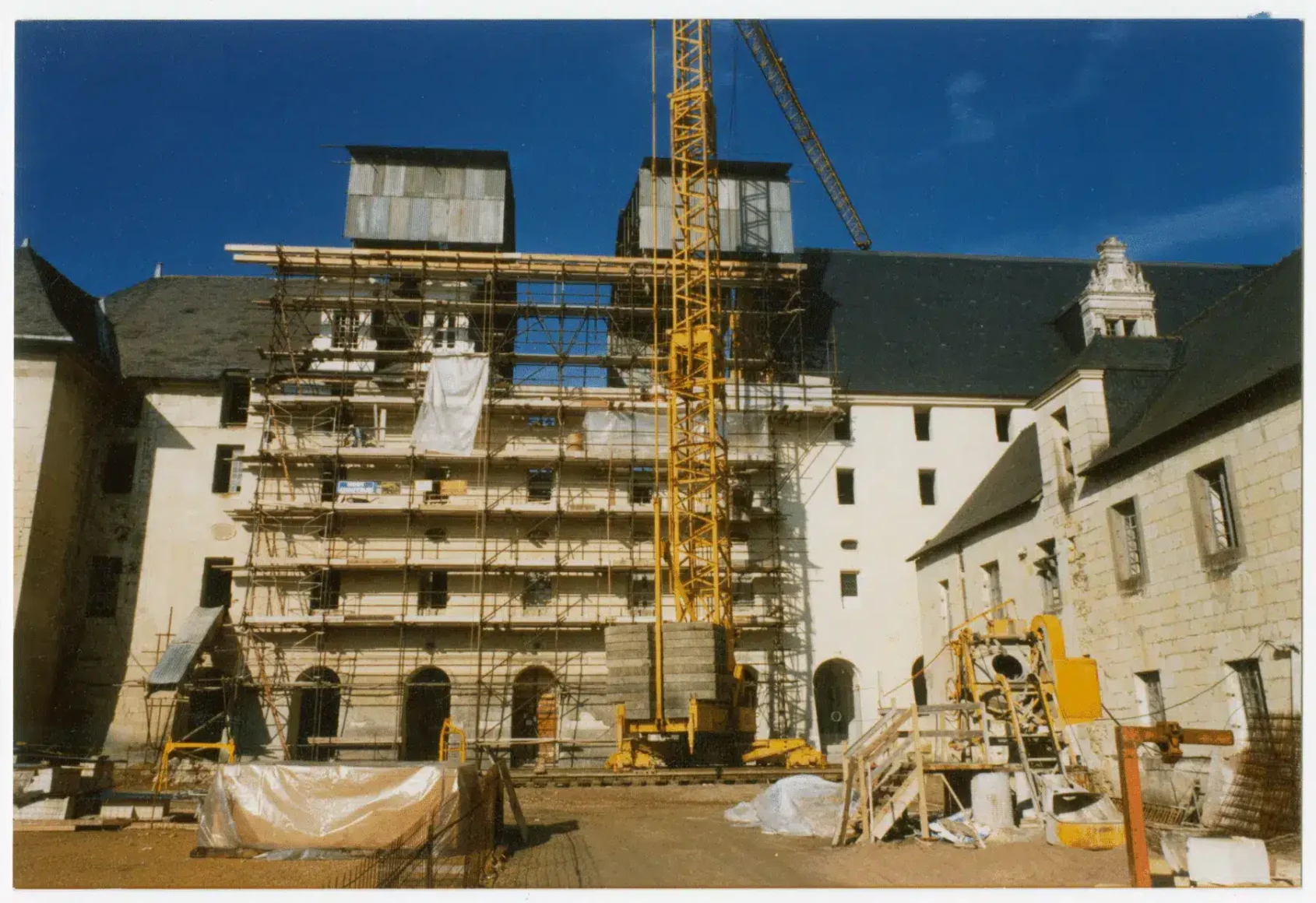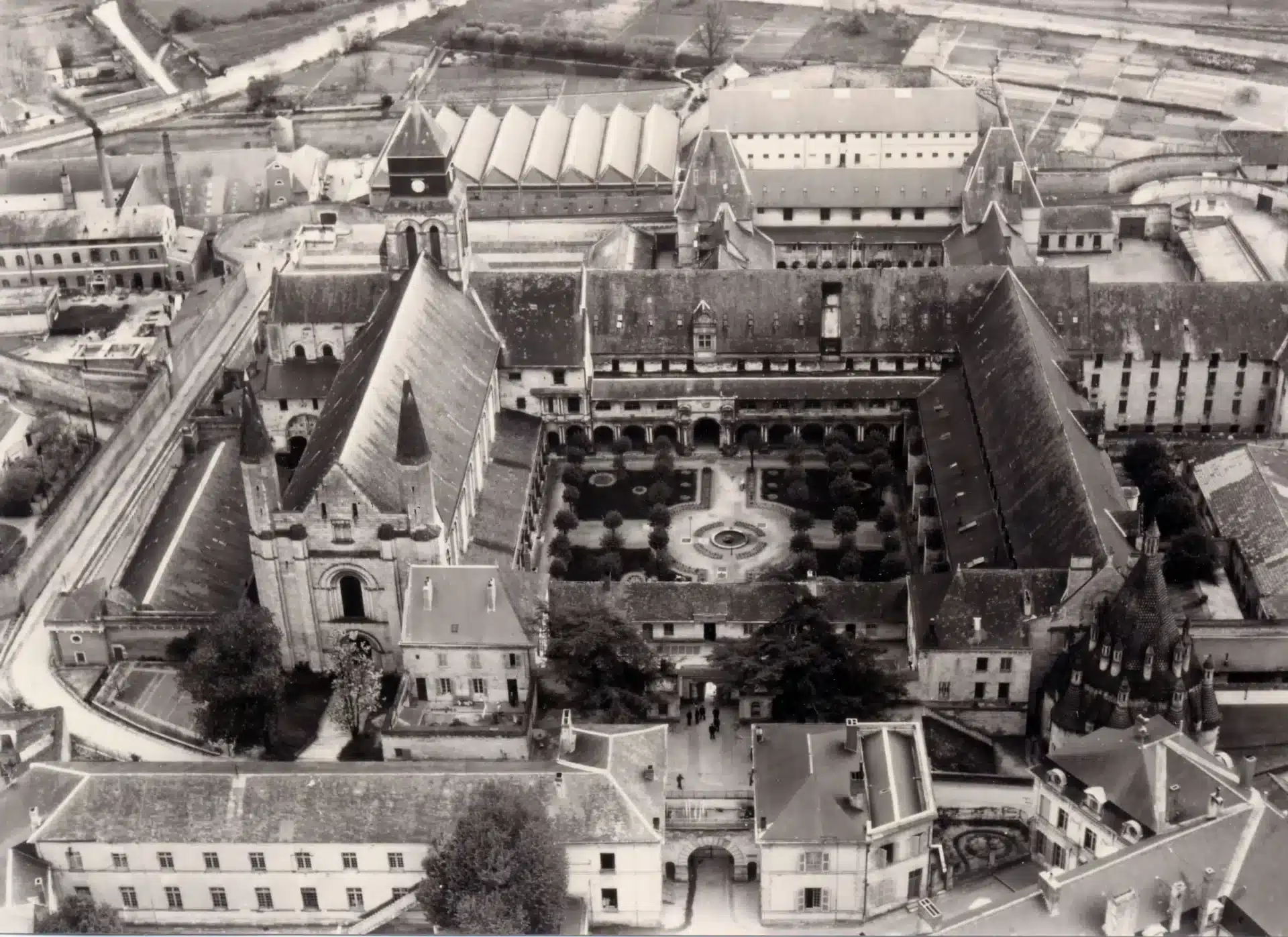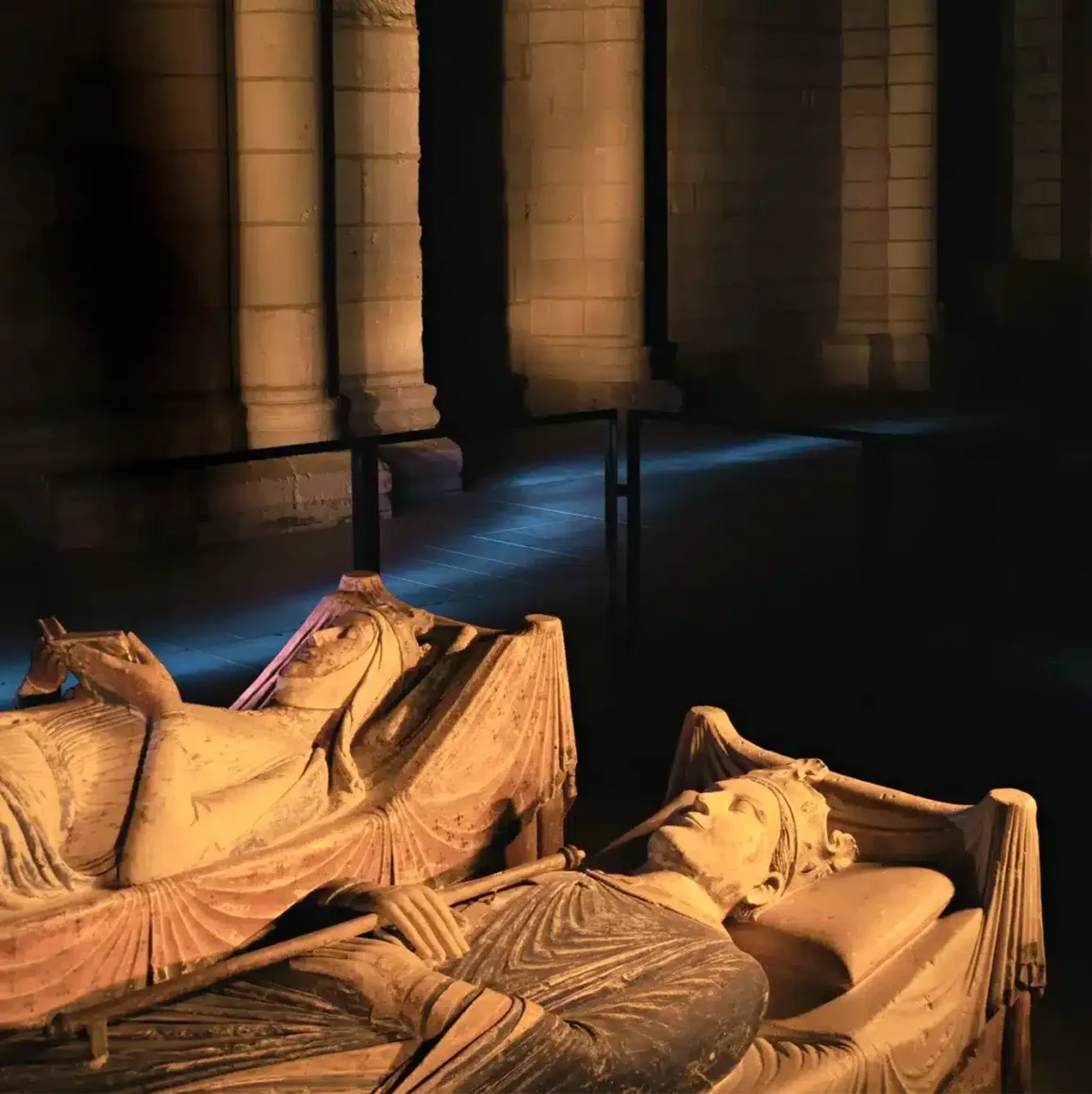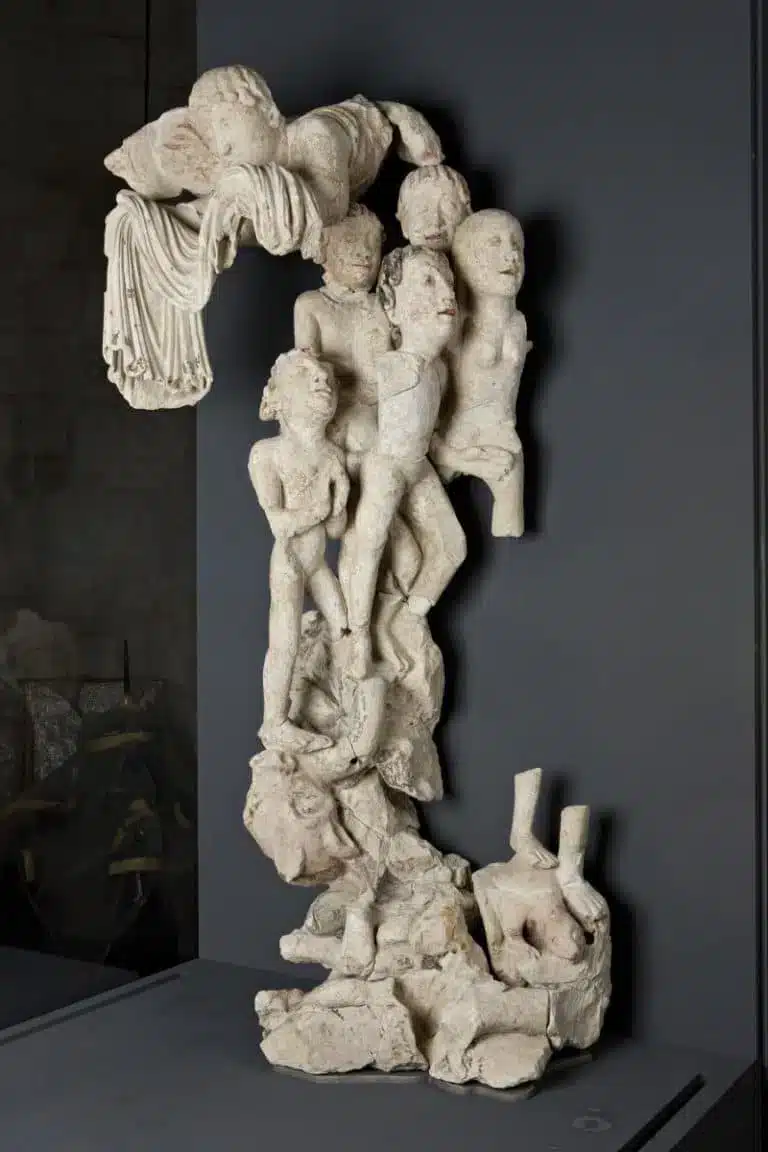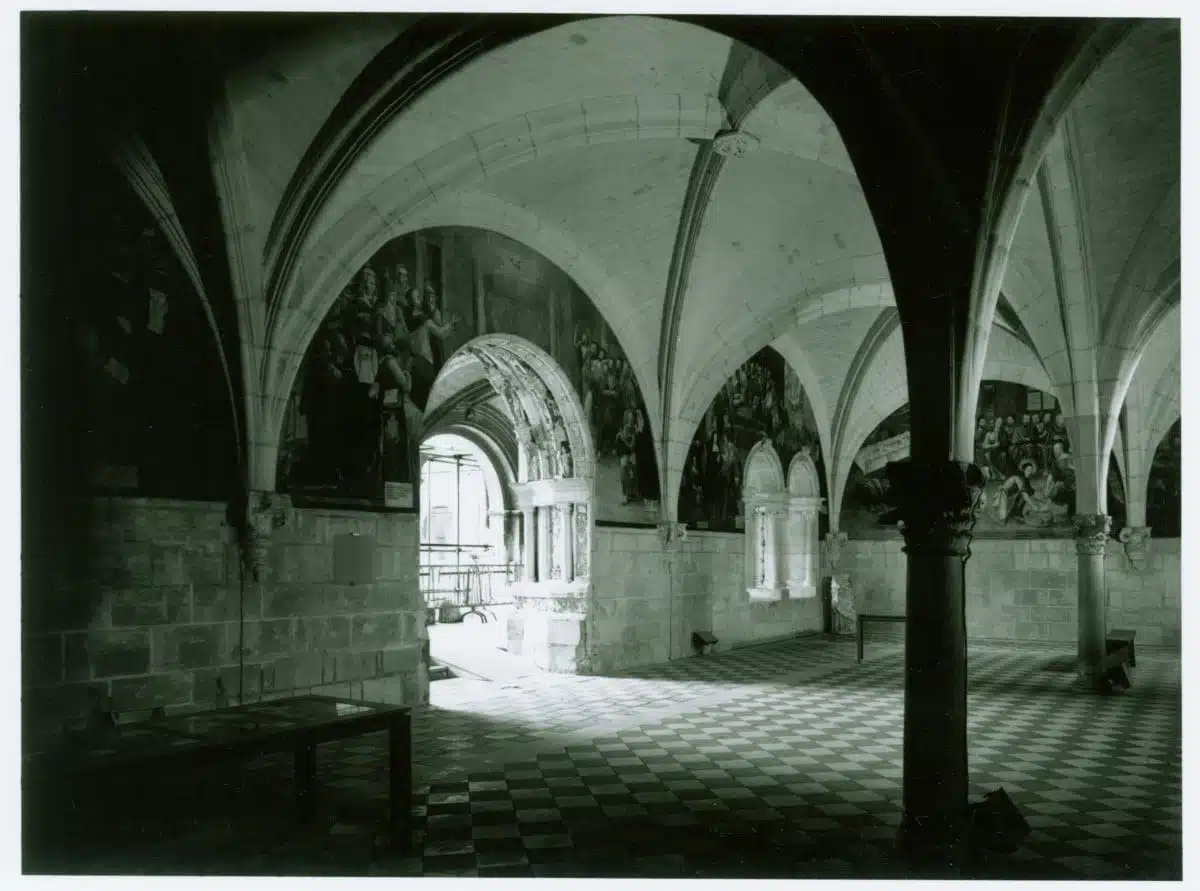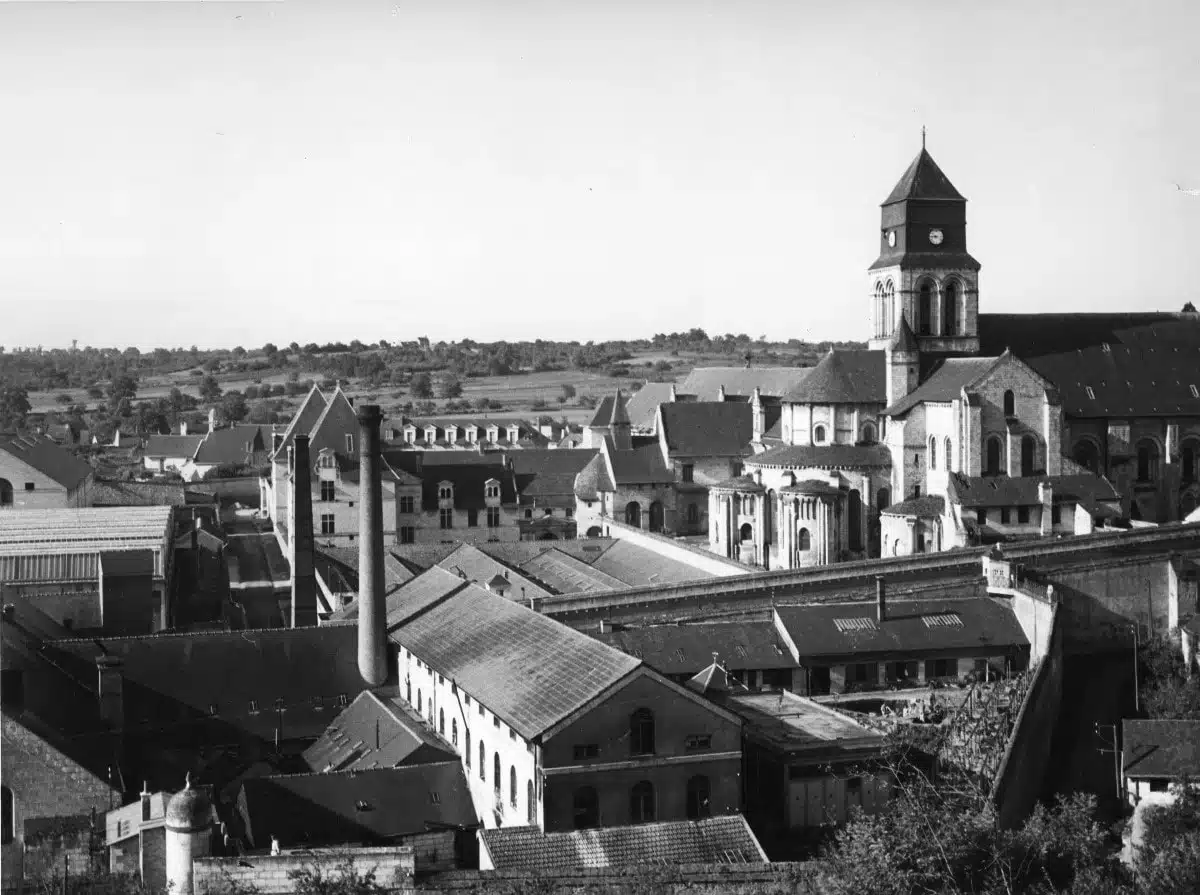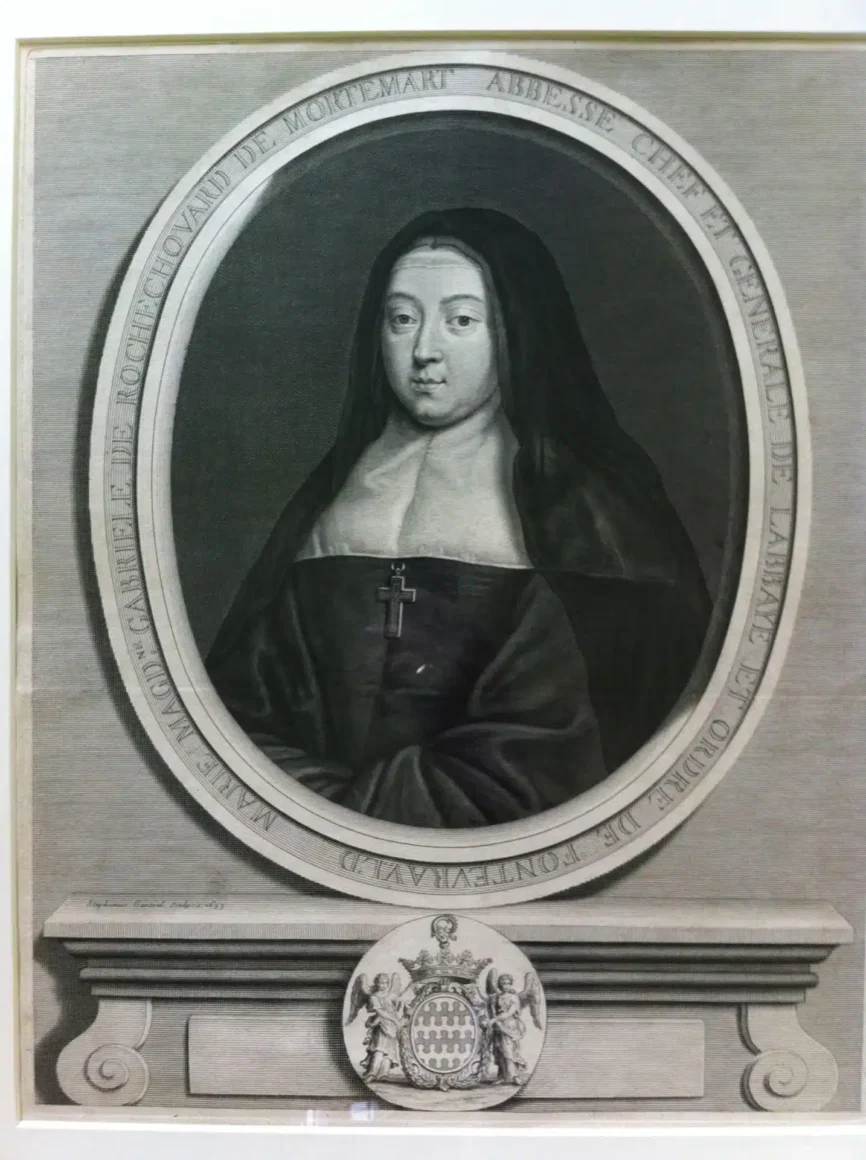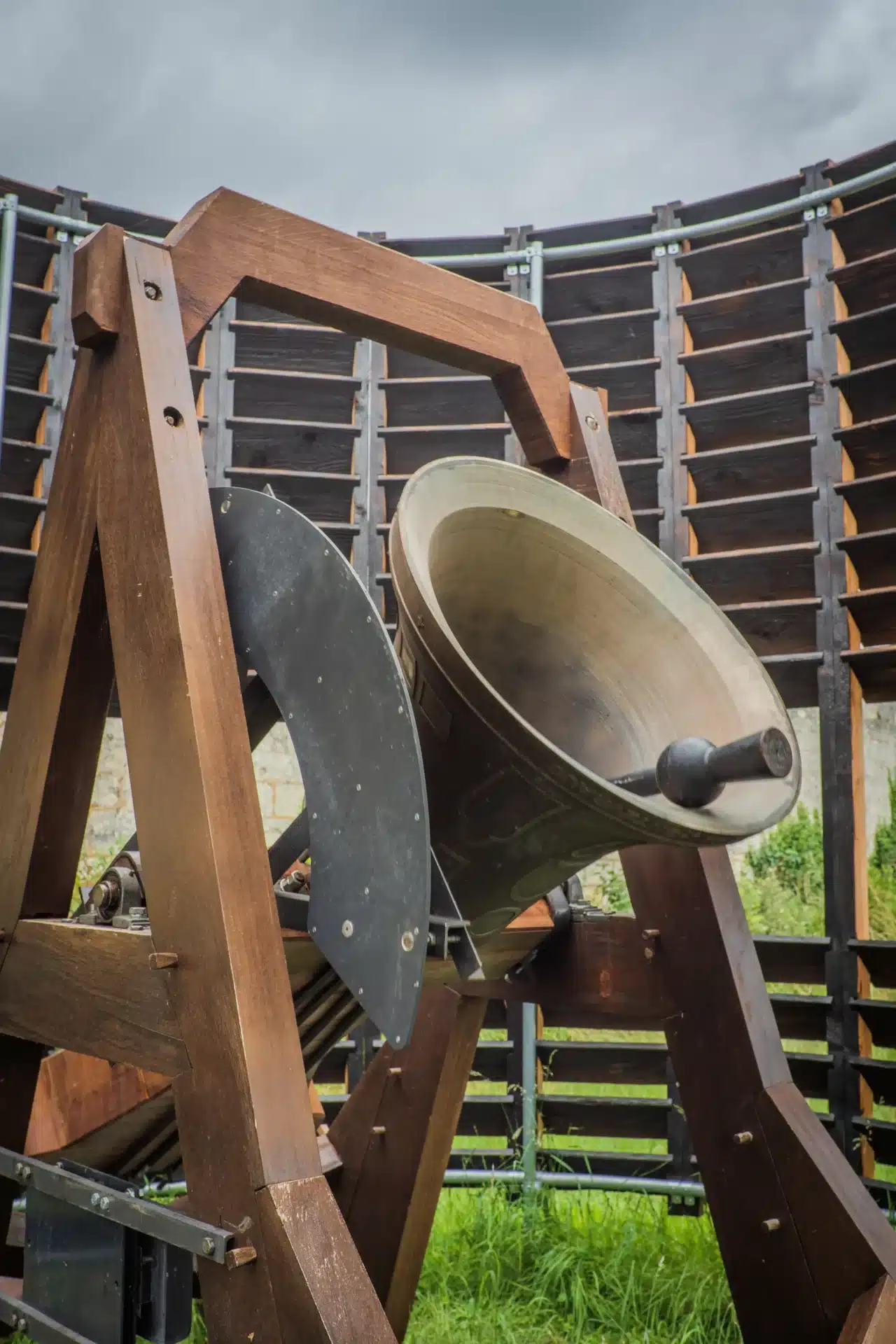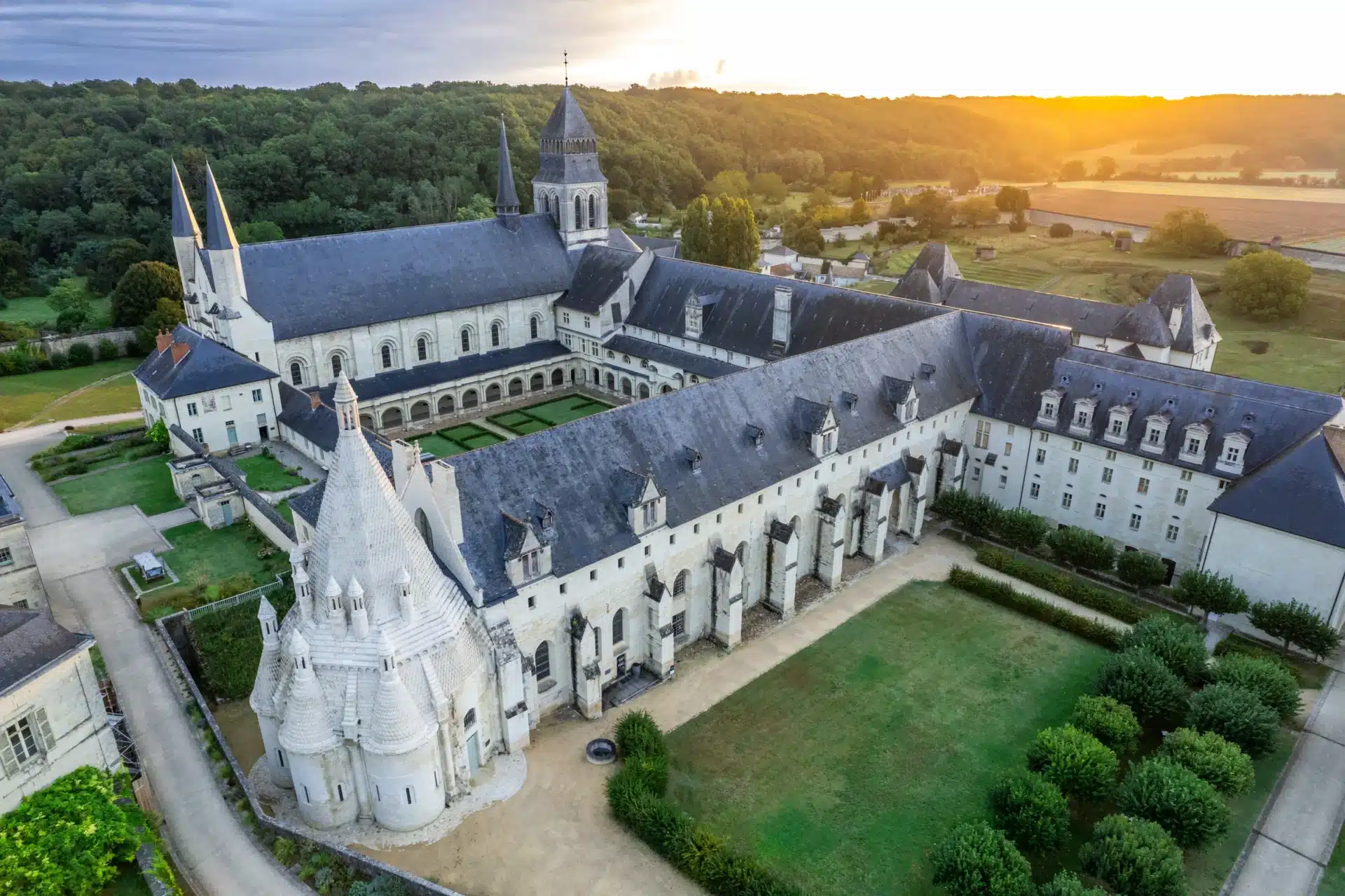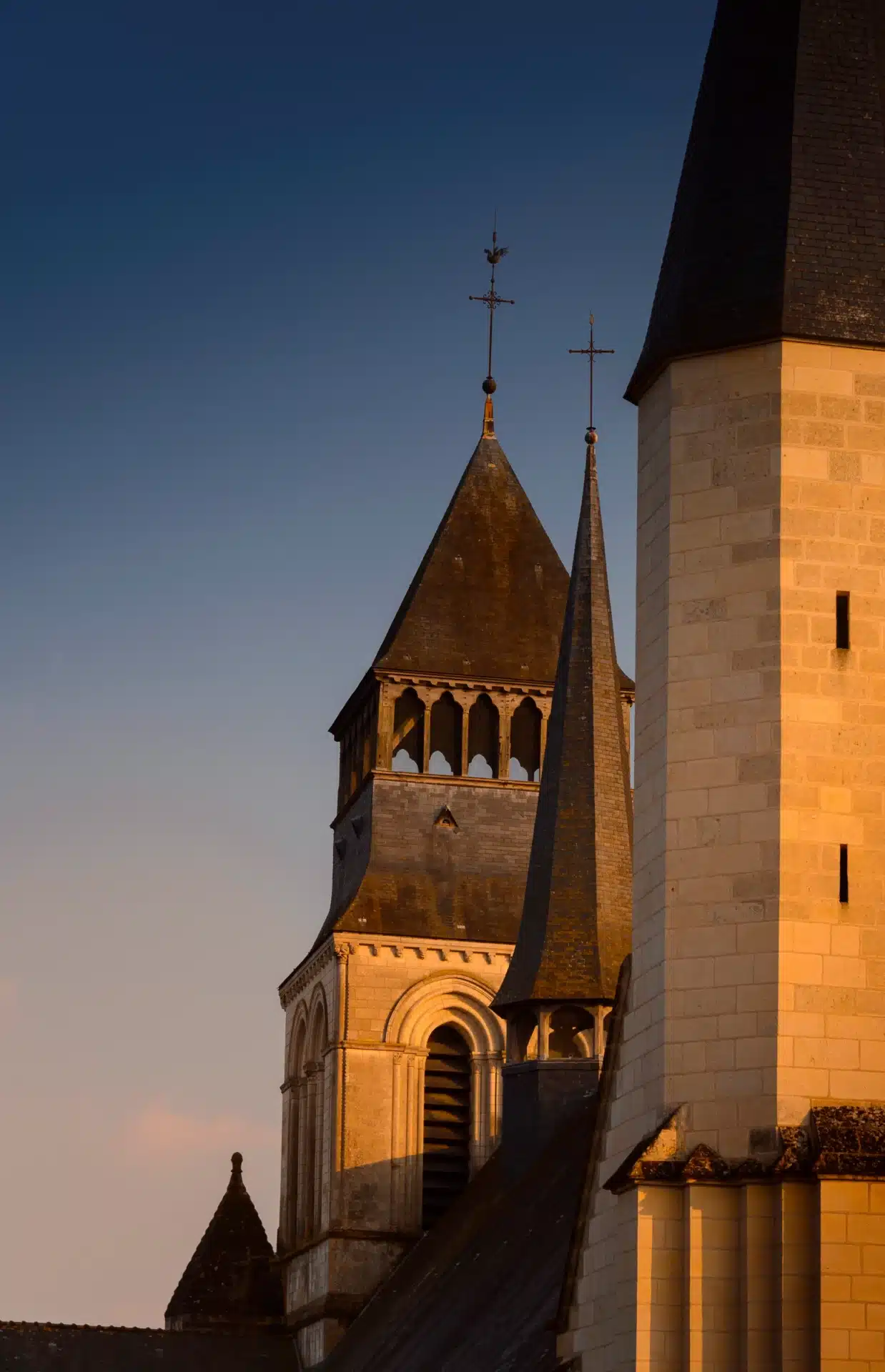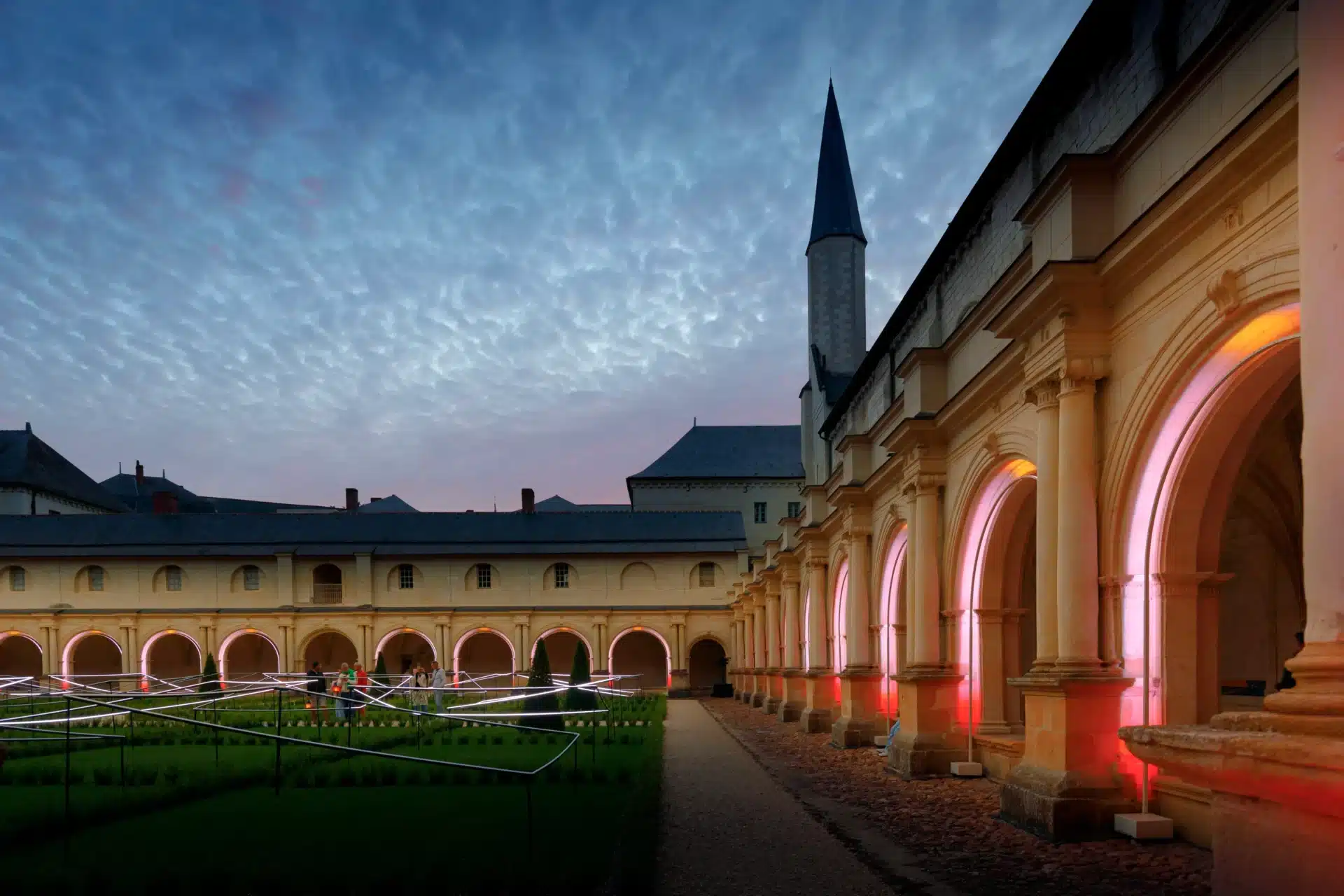History
History of the Royal Abbey of Fontevraud
Published on 8 November 2024
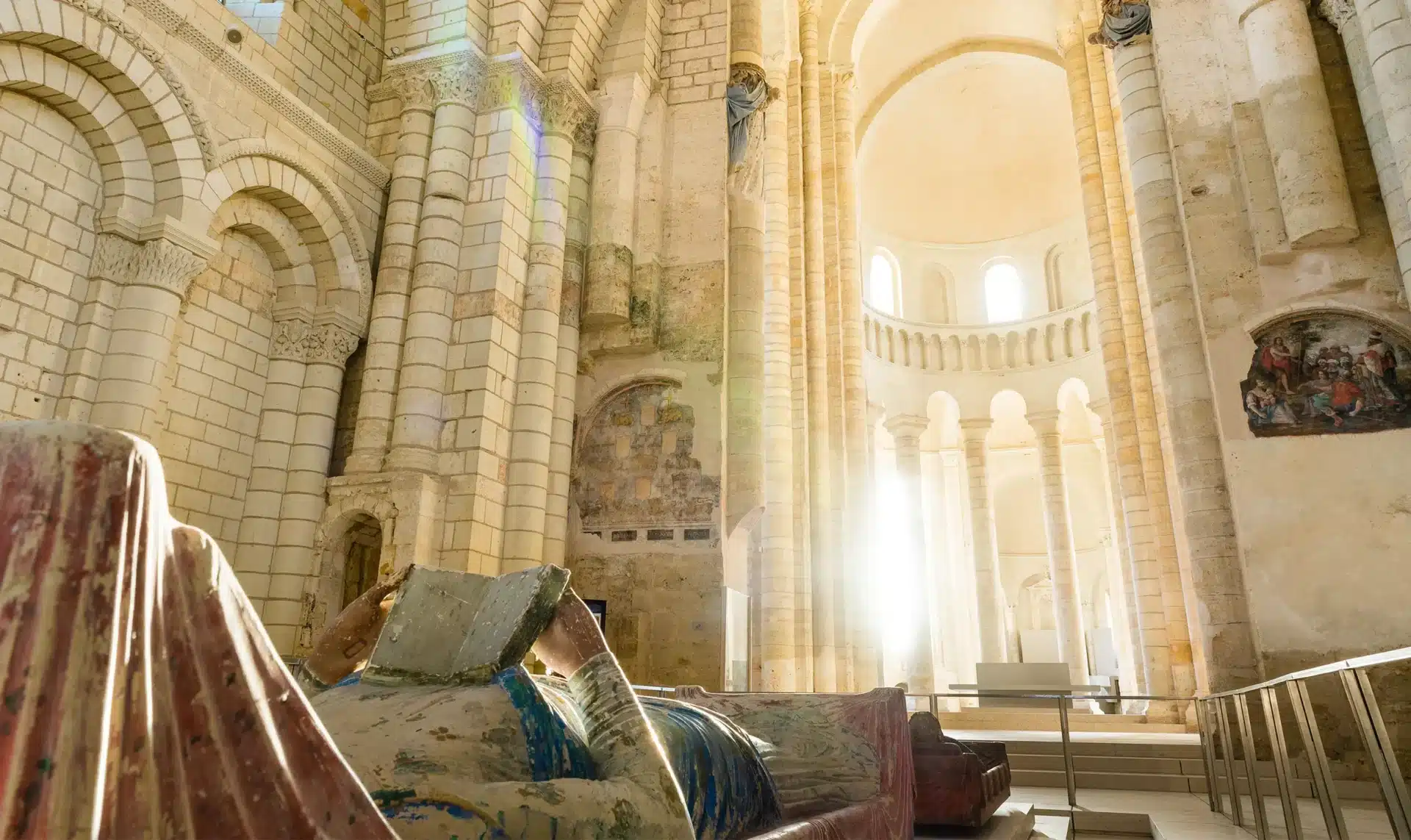
The largest monastic settlement in Europe, Fontevraud became a prison in the 19th century and has survived the centuries and the vicissitudes of French history. Now a World Heritage Site within the Val de Loire area, this historic monument is now dedicated to culture and creativity.
The Royal Abbey and its history
Founded in the 12th century, the Royal Abbey of Fontevraud has passed through the ages to become a UNESCO World Heritage Site.
Discover the people and milestones that have shaped the history of the Royal Abbey of Fontevraud over the years.
A foundation protected by the Counts of Anjou
In 1101, Robert d’Arbrissel, an itinerant preacher, set up his community of men and women at Fontevraud. Under the protection of the Count of Anjou, Foulque V, the future King of Jerusalem, he founded an abbey for brothers and nuns. Inspired by the rule of Saint-Benoît, he established a life of poverty, penance and prayer.
Fontevraud, a monastic order in its own right
Fontevraud quickly spread its many priories over a vast territory stretching from England to Spain, to the point where it became the mother abbey of the fontevriste order, a contemporary order of the Cistercians and Carthusians.
A community of men and women led by an abbess
The governance of the abbey and of the fontevriste order is entrusted to an abbess who has full authority over the double community of men and women. For nearly 7 centuries, 36 abbesses, some of them of royal blood, succeeded one another.
Fontevraud, necropolis of the kings and queens of England
Situated at the heart of their territories, Fontevraud became the royal necropolis of the Plantagenets from 1189, housing the tombs of Henry II, Eleanor of Aquitaine and Richard the Lionheart.
The Plantagenets were at the height of their power. Their territory stretched from the southern borders of Scotland to the Pyrenees.
The throes of the Hundred Years’ War
This abbey has seen good times and bad. During the Hundred Years’ War, the abbey almost disappeared due to a lack of resources and religious vocations.
The Bourbon revival
The 15th century marked the revival of the abbey, which was headed by 5 abbesses from the Bourbon dynasty, who succeeded each other from aunt to niece for more than 150 years. The reconstruction of the abbey was accompanied by a return to monastic discipline, advocating stricter observance of the rule, which guaranteed the spiritual prestige of the order.
An air of Versailles
The Royal Abbey of Fontevraud was often close to royal power. In the 17th century, the abbess, Gabrielle de Rochechouart, was none other than the sister of Madame de Montespan, Louis XIV’s favourite.
Fontevraud’s spiritual reputation and temporal power prompted Louis XV to entrust the education of his four youngest daughters to the fontevrists.
Fontevraud, a central house of correction
Following the Revolution, the last abbess of Fontevraud was expelled in 1792. After twelve years of abandonment and looting, the abbey was transformed into a central house of correction by Napoleonic decree.
Work then began on the building for 10 years, and in 1814 it was ready to house male, female and child prisoners from 9 neighbouring départements. Fontevraud housed almost 2,800 prisoners and was considered to be one of the toughest prisons in France.
Awareness of our heritage
Restoration work began on the church and Romanesque kitchens in the early 20th century. This growing awareness of our heritage and changes in prison doctrine led the Ministry of Justice to consider closing the prison in 1945.
In 1963, the central prison closed its doors, bringing to an end nine centuries of life behind closed doors. This marked the start of a vast restoration programme that was to last several decades.
In 1975, the Royal Abbey joined the network of Centres Culturels de Rencontre, confirming the cultural vocation of the monument, which is now open to the public, artists in residence and researchers.
Creation at the heart of our approach
Architects, stonemasons, sculptors, master glassmakers, painters and carpenters have all contributed in their own way to shaping the present-day face of Fontevraud.
The abbesses, who took the initiative in these huge projects, helped to build this ‘composite’ place in keeping with the spirit and taste of their time. Today, the artists are continuing the creative process that began 900 years ago.
Preparing my visit
Opening times, tours, prices, access… all the information you need to organise your visit.
© Photos credits : Patrice Giraud / Michel Séméniako / David Darrault / Tomasz Namerla / Léonard de Serres / DR
